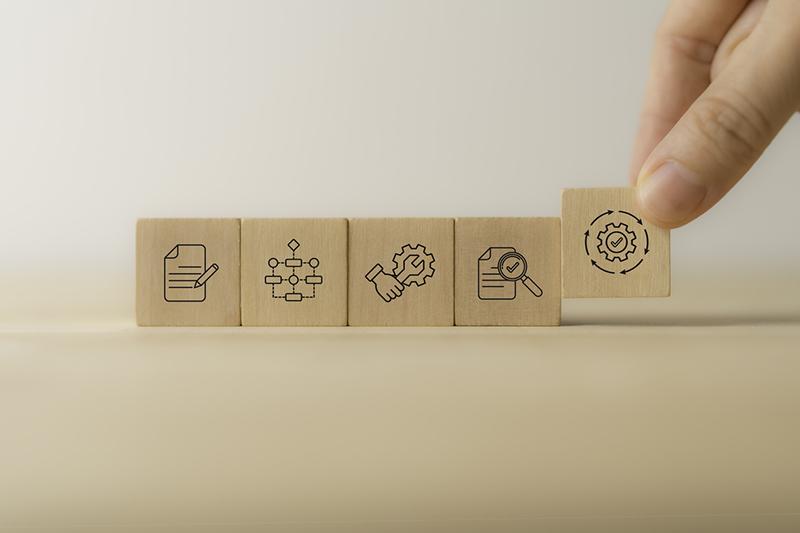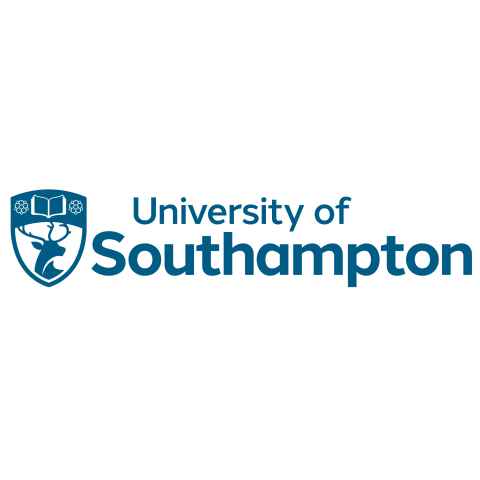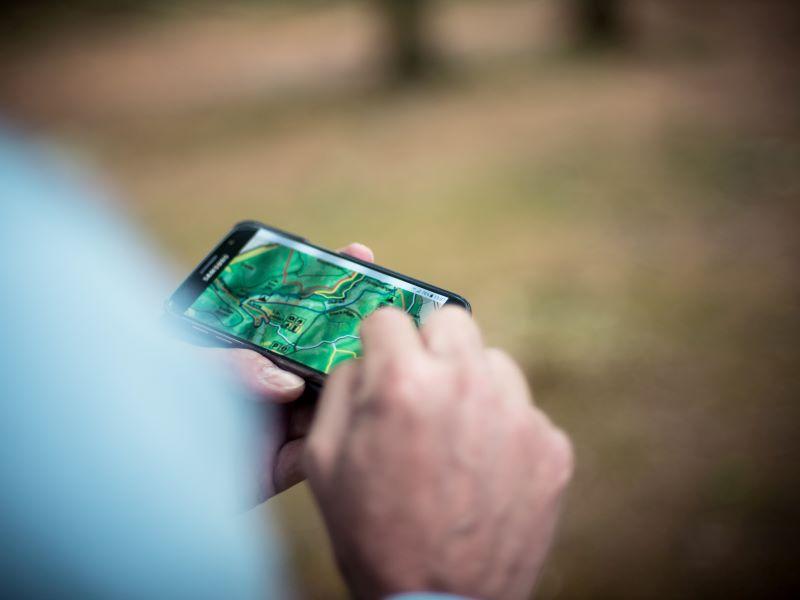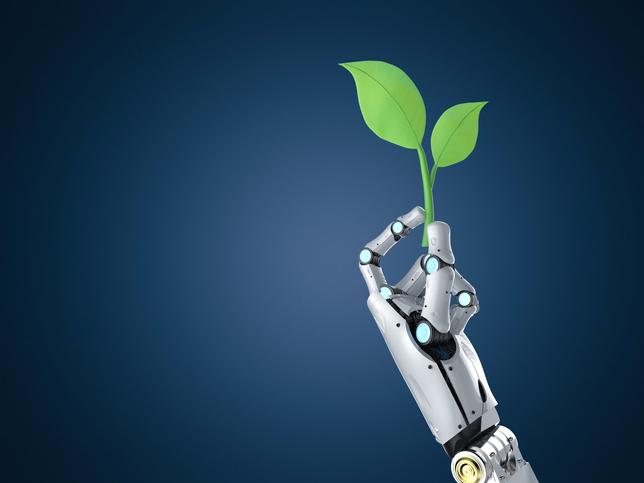
Embedding lean practices in higher education
“Lean” as a concept originated within the manufacturing sector, with Toyota an early pioneer, before a continuous improvement culture rippled across the public, health and well-being sectors and higher education.
The concept’s name originated from John Krafcik through his work with the MIT’s International Motor Vehicle Program from 1986 to 1990. He visited 20 countries and studied 90 manufacturing plants. His influential paper “Triumph of the lean production system” linked performance, corporate parenting and management philosophies. James Womack, Daniel Jones and Daniel Roos supercharged the concept in their 1991 book, The Machine that Changed the World, which presented the lean philosophies of respect for people, continuous improvement and the eradication of waste.
- How can universities reduce stress for students during the application process
- Greener life science labs: the challenge to save energy and reduce waste
- Building futures: how estates directors can deliver net zero
We in the iSolutions continuous improvement (CI) team at the University of Southampton have been working hard to embed the core principles of this approach through lean thinking, leadership and toolkits. Projects to date have included improving the reference process for applicants, mobile-phone usage and carbon footprints, and developing awareness of sustainability in human resources and customer experience impact for welcome week and halls.
We are a small team within the university’s IT support service, iSolutions, and are part of the professional services community. Our ethos is to build capability for continuous improvement through our people, linking organisational excellence and sustainability and enabling individuals and teams to take a new look at “the way they do things around here” through workshops and projects.
How does our continuous improvement process work?
As lean practitioners, we follow a process called R-DMAIC.
- Recognise: First, we recognise the opportunities for improvement in ways of working that no longer serve us.
- Define: We choose our challenge and define the scope of our intervention.
- Measures: We work through a series of tools that help us to understand what is working well and is not working, typically through a process map, measures and other tools.
- Analyse: We analyse the current state to identify what is waste (anything that is not adding value to the end user), where we are overburdened and what we could change to improve the situation.
- Improve: We create ideas to improve the current state and run experiments to test our solutions.
- Control: When our experiments are successful, we embed the changes within the university, where we embed the gains through dashboards, reviews and celebrations.
Leadership or culture, figureheads or movements?
We take a “viral change” approach. That is, we are not implementing a lean programme that has central backing; we are not engaged in rapid improvement events and we are not leveraging budgets to drive transformational change. We also use strategic lean tools such as hoshin kanri (which is also called policy deployment) to link our improvement projects with university and department strategy.
We have seen charismatic leaders drive lean programmes through an organisation only to move on and leave their efforts to dissipate under the direction of the next charismatic leader. We don’t undervalue the impact that this approach can bring, but we found ourselves looking to improve on what we’d been a part of previously, pondering the difference between leadership and culture, between figureheads and movements.
Our approach was inspired by a lunchtime chat early in 2022 about how Covid had changed the way we delivered improvement workshops, and how MS Teams and Miro had allowed the same capability. Before the end of that week, we had co-opted three other local universities into plans for a “process palooza” conference (four days virtual and one day face-to-face).
These two experiences came together, and in July 2022 we started to design a programme of materials, workshops and one-to-one coaching sessions that would: empower people to change the way they did their day jobs and improve their workspaces; and encourage them to give themselves permission to step back and ask if this was what the customer wanted or what the planet needed.
Using experiential learning techniques to embed continuous improvement
We developed our approach to building continuous improvement/lean capability using experiential learning techniques. Our lean programme was open to all colleagues at the University of Southampton. We felt this was a good way of building capability and supporting the university.
Our one-day lean foundations workshop introduces colleagues to the concepts of lean and sustainability: respect for people, continuous improvement, eradication of waste and understanding the needs of the planet.
We show how lean and continuous improvement is applied in higher education, enabling colleagues to experience lean principles through hands-on activities. Workshops illustrate the viewpoints of customer, planet and provider.
We developed a Gemba game, where colleagues build five products associated with higher education, such as a final-year project, steps to success, nature and graduation using Lego blocks. This game enables colleagues to apply nested cycles of plan-do-check-act (PDCA) to improve their lead times, quality and teamwork.
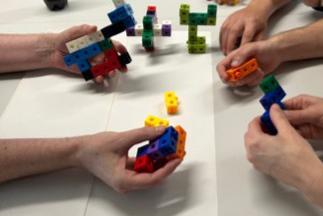
Our lean foundations workshop is accredited by the Lean Competency System, which is recognised as a global professional qualification. On completion of an online multiple-choice exam, colleagues can participate in the lean practitioner programme, which is a two-day workshop and a 12-week mentored continuous improvement project.
Our lean practitioner two-day workshop is based around the R-DMAIC cycle. The workshops have been developed with a clear experiential learning pedagogy in mind. Our colleagues can see what works for them and they can use all their senses in the training so they see it, they hear it and they do it.
We use visualisation, storytelling and action-based learning. This is also linked to the Kolb learning cycle, where we introduce the theories and provide opportunities for action and reflection linked to pragmatism. The workshops are designed to deliver deep learning. Approaches such as Lego Serious play allow colleagues to build models that tell the story of how lean is embedded within the university.
At the end of the two days, colleagues develop their own ideas for a continuous improvement project. Each colleague is appointed a mentor with whom they work over 10 to 12 weeks to develop a portfolio showing how they have applied this learning in their workplace, which is submitted to the CI team for review. The professional qualification of lean practitioner is then awarded if all learning outcomes have been met.
The team was shortlisted for the 2023 Lean Diamond Award linking lean to sustainability. It is wonderful to see how lean thinking and the toolkits are being applied across the university to help us on our mission to inspire excellence, achieve the remarkable and build an inclusive world.
Tammi Sinha, Pete Rykowski and Michael Shaw are members of the iSolutions continuous improvement team at the University of Southampton.
If you would like advice and insight from academics and university staff delivered direct to your inbox each week, sign up for the Campus newsletter.
